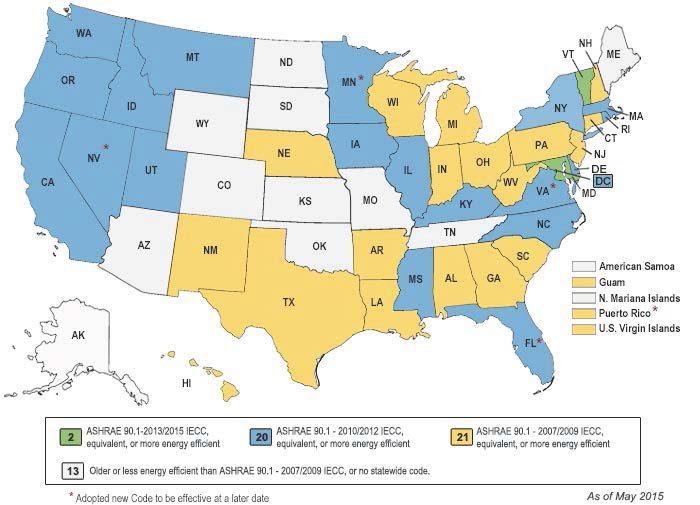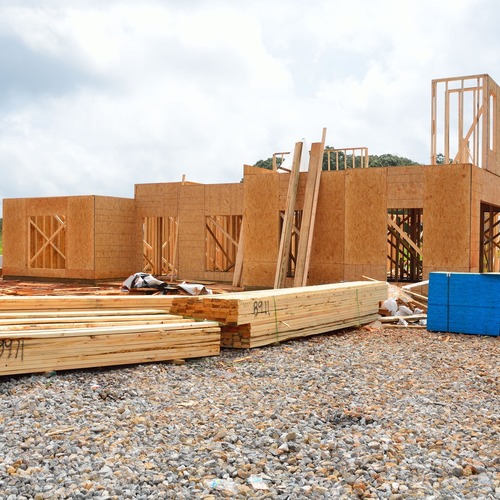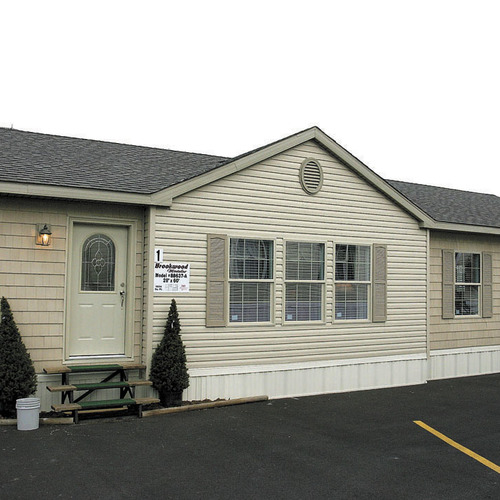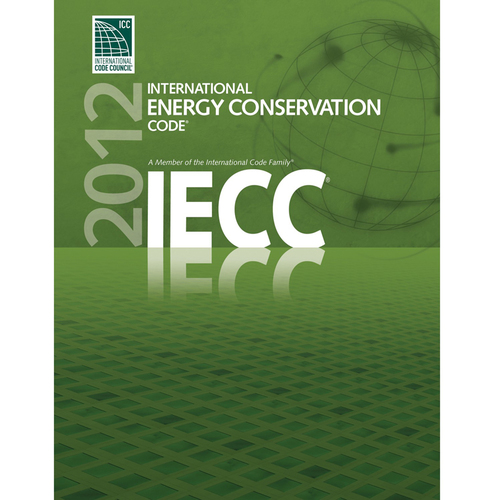Image Credit: Image #1: U.S. Department of Energy
Image Credit: Image #1: U.S. Department of Energy The International Code Council has published the 2015 version of the International Energy Conservation Code.
Image Credit: Image #2: International Code Council
The 2015 version of the International Energy Conservation Code is soon to be upon you.
Modern building codes are most often adopted by local government legislative bodies and as such vary from place to place. The IECC is in use or adopted in 47 states, the District of Columbia, the U.S. Virgin Islands, New York City, and Puerto Rico.
By way of background, the International Building Code, as published by the International Code Council, establishes “the minimum requirements to safeguard the public health, safety and general welfare …” The ICC also developed the IRC (International Residential Code) and the IECC, which encourages energy conservation through efficiency in design, mechanical systems, and lighting systems.
An energy conservation code is a major expansion from the life safety mission of building codes. Many suggest that the IECC has had much more impact on high-performance building than has LEED.
The 2012 version has been slow to catch on
The IECC 2009 is widely adopted across this country because a commitment to adopt it was a precondition to states receiving stimulus funds from the federal government under the American Recovery and Reinvestment Act of 2009.
There is an IECC 2012, but its adoption has been slow because its mandates should result in energy use that is about 30 percent lower than the 2009 code, which is a significant reduction. More than half of the country is currently under the 2009 IECC.
Now the IECC 2015, with 77 changes from the 2012 version, has been published and is ready to be adopted. It is published in a single volume with ASHRAE Standard 90.1-2013 (Energy Standard for Buildings Except Low-Rise Residential Buildings).
On January 1, 2015, the state of Maryland became the first state to adopt the 2015 IECC, with local government adoption and enforcement required throughout the state by July 1, 2015.
In terms of overall energy impact, the 2015 IECC is only negligibly different than the 2012 version. Its mandates should result in energy use reductions of slightly more than 1% for commercial buildings with respect to the 2012 IECC.
Many people argue that the time, inconvenience, and expense of implementing a new code with only a slightly more than 1% better energy impact is unwise.
A U.S. Department of Energy technical analysis of the 2015 version determined that only about six of the 77 code changes actually increase energy savings. The vast majority — that is, over 60 of the changes — require new materials and methods but are energy-neutral, and three arguably have a detrimental effect on energy savings.
Modest efficiency increases for residences
But because the DOE has determined that the revised code improves energy efficiency in residential buildings, even ever so modestly, states are statutorily required to certify that they have reviewed their residential building code regarding efficiency, and have made a determination as to whether it is appropriate for the state to revise its code to meet or exceed the provisions of the successor code. This statutory requirement applies only to residential codes.
There is no doubt that, in large measure because of the adoption of more stringent energy codes, energy efficiency has increased significantly. With a goal of reducing energy use, energy codes are of great import to green building. However, critics have effectively questioned the efficacy of using a mandatory code — one that is little known and rarely debated, and one that burdens real estate interests — to address a single societal issue (without balancing matters of resilience, public safety, etc.), pointing out that this all looks a lot like establishing a national energy standard for every building.
Whatever your perspective on legislatively mandated requirements for continued reductions in building energy use, be aware that the 2015 version of the IECC, including the required changes in building systems and products and the associated increases in first costs, may soon be upon you.
Stuart Kaplow, an environmental attorney, is legal counsel and past chair of the U.S. Green Building Council Maryland.
Weekly Newsletter
Get building science and energy efficiency advice, plus special offers, in your inbox.
















2 Comments
I don't think builders are ready for this
Average builders don't frequent this website, so my comment won't reach the correct people.
I don't think a standard 2x6 wall with fiberglass in it will satisfy the new code. If a builder pursues a permit following the prescriptive method, I think it will be rejected without some exterior foam.
That's why I think all builders will opt for the performance method. It will be a big boon to the HERS rating industry. Additionally, once home buyers notice that all new homes have a HERS score, they might start actually use it in their decision-making.
Once buyers start reacting to HERS scores, I don't see any compelling reason for any more code-mandated energy improvements. Market competition will take the lead, and innovative builders will develop new ways to reduce HERS scores. Code requirements could stifle free market innovation.
Does anyone agree with me that we should implement IECC 2015 and then wait until 2025 for the next code change?
Re: Kevin
Why not just skip a step and propose a requirement that all new homes have a HERS score instead of waiting for market forces?
Log in or create an account to post a comment.
Sign up Log in